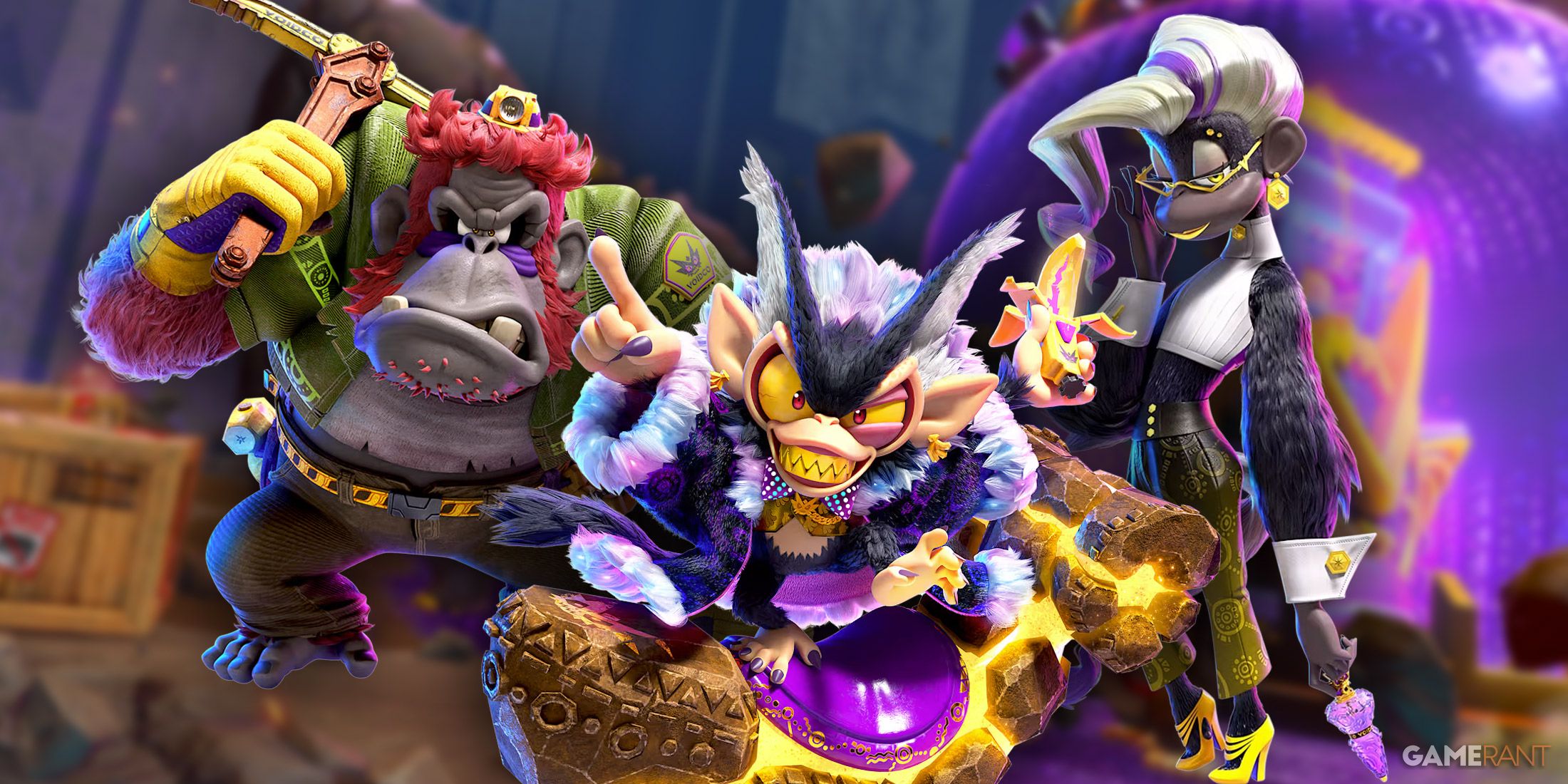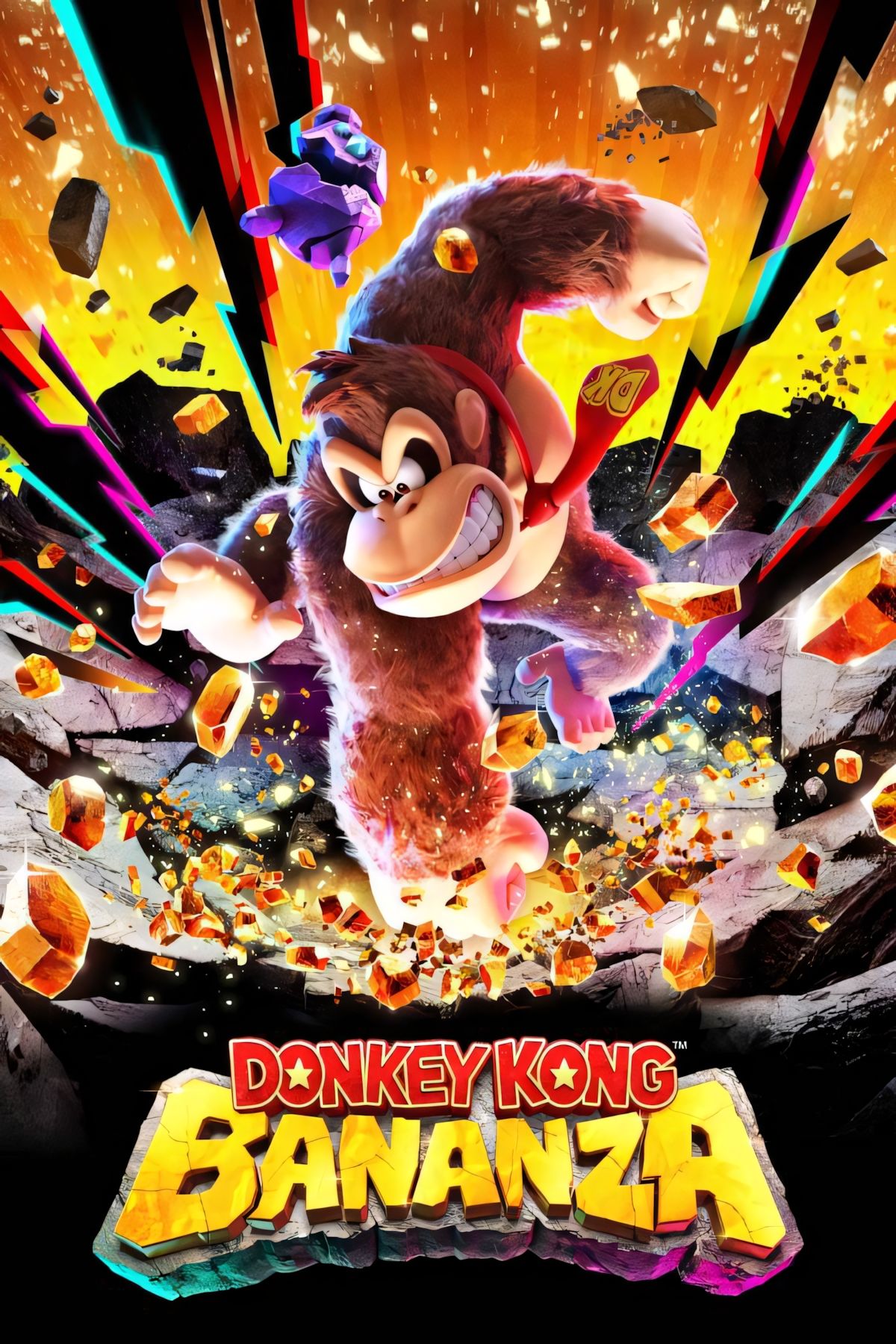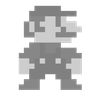2017 saw Nintendo deliver the absurdly powerful one-two punch of Zelda: Breath of the Wild and Super Mario Odyssey. While the former broke new ground for open-world level design, the latter presented one of the most content-rich, joyful platforming experiences ever made. While it may not be quite as industry-defining, Donkey Kong Bananza has proven that Nintendo still knows how to make a phenomenal 3D platformer.
Made by the Super Mario Odyssey dev team, Donkey Kong Bananza is yet another impressive showcase of Nintendo’s seemingly boundless creativity, with it presenting players with a wealth of novel mechanics and gameplay ideas. That said, Donkey Kong Bananza doesn’t shy away from the games that have influenced it, and its Zelda: Tears of the Kingdom inspirations seem clear, especially when it comes to level design.

Related
Donkey Kong Bananza Is Home to One of Nintendo’s Best Enemy Designs
Donkey Kong Bananza introduces an army of new monsters for players to fight, one of which might just be Nintendo’s best enemy design in a long time.
How Donkey Kong Bananza Borrows One of Zelda: Tears of the Kingdom’s Best Features
There’s No “Right” Way to Approach Zelda: Tears of the Kingdom’s Shrines
Including DLC, there are a total of 136 Shrines in The Legend of Zelda: Breath of the Wild. These Shrines contain unique puzzles that usually see the player utilizing the game’s core mechanics in a creative and memorable way. These mechanics often involve Breath of the Wild‘s Sheikah Slate powers, with players needing to use abilities like Cryonis and Magnesis to create icy platforms or move metallic objects around the environment.
Given the player-controlled nature of these Sheikah Slate abilities, the majority of Zelda: Breath of the Wild‘s Shrines could be completed in a variety of ways, though each Shrine did tend to have one clearly defined solution. The same isn’t true for Zelda: Tears of the Kingdom.
Thanks to the addition of Ultrahand and Fuse, Zelda: Tears of the Kingdom‘s Shrines became exponentially more experimental than their predecessors. Rather than feature one obvious solution, most of Tears of the Kingdom‘s Shrine puzzles give the player total freedom in how they approach and complete the challenge.
For example, one of Tears of the Kingdom‘s Shrines presents players with a set of parallel rails that cross a chasm and take players to the Shrine’s exit. One player might use their shield to grind on these rails. One player might use Ultrahand to create a makeshift trolley that takes them from one side to the other. And one player might create a tall structure that they can paraglide from. All of these solutions are equally viable.
Given the extreme amount of freedom players have in creating their own solutions, Zelda: Tears of the Kingdom‘s Shrines are arguably even more rewarding and memorable than Breath of the Wild‘s, as players truly forge their own unique path to victory.
Donkey Kong Bananza’s Level Design Borrows Tears of the Kingdom’s Shrine Philosophy
Though its player-freedom isn’t quite on Zelda: Tears of the Kingdom‘s level, Donkey Kong Bananza does channel a similar feeling when it comes to level design. Donkey Kong Bananza puts destructible environments at the forefront of its gameplay loop, with players being able to actively destroy much of a level’s terrain. This gives players the opportunity to carve their own path to an objective, and forge their own trail to the game’s countless collectibles.
This destruction-based freedom also comes into play during some of Donkey Kong Bananza‘s challenge levels, where players have a variety of ways to creatively solve a puzzle or defeat a set number of enemies in a short time limit. This level of player-freedom is expanded further when Donkey Kong Bananza‘s titular animal transformations are introduced, some of which grant the player new ways to destroy and traverse the environment.

Donkey Kong Bananza

- Released
-
July 17, 2025
- ESRB
-
Everyone 10+ // Fantasy Violence
- Developer(s)
-
Nintendo
- Publisher(s)
-
Nintendo
- Number of Players
-
Single-player
#Tears #Kingdoms #Shrines


